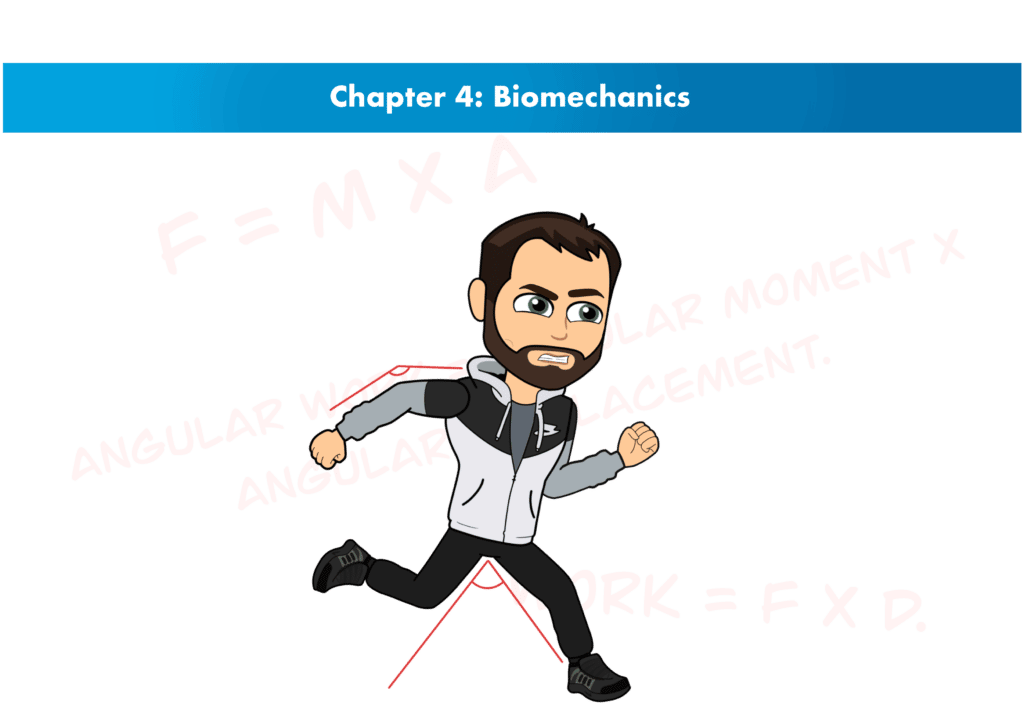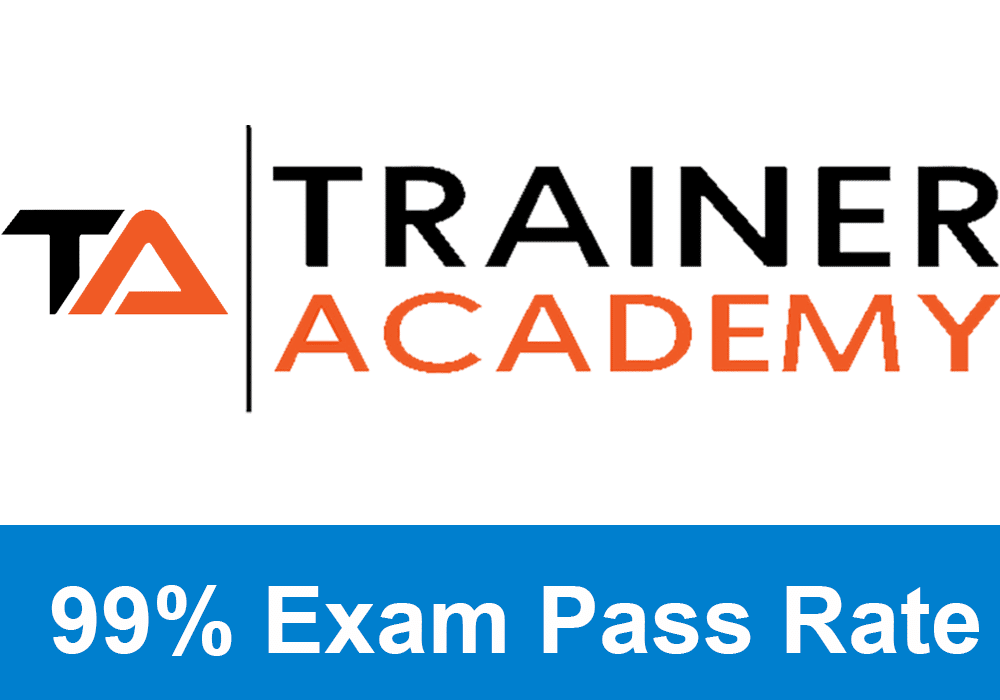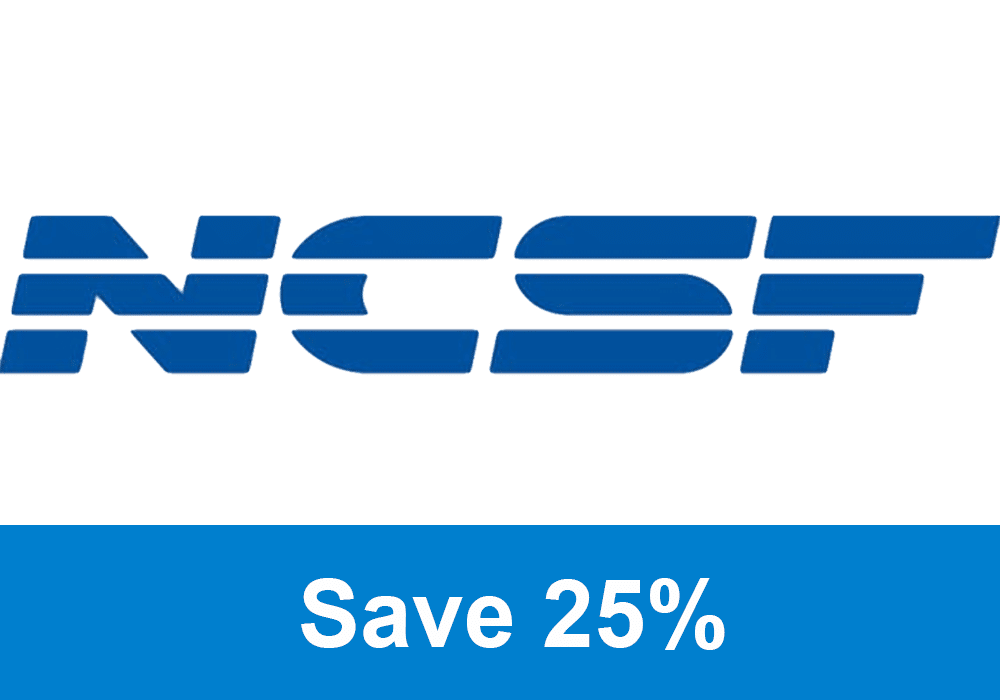
Get your copy of the ACSM CPT exam cheat sheet. It helps immensely for studying for the exam.
My PTP students report cutting their ACSM study time and effort in half with Trainer Academy.
Benefit from the Exam Pass Guarantee and Retake Fee Guarantee. Plus, take advantage of my current discount code PTPJULY for 35% off the MVP Program (Ends July 14th, 2025).
Try it out for free here to see if it’s right for you, or read my detailed review for further insights.
Chapter Objectives:
- Learn the basics of biomechanics as a personal trainer’s tool for assessment, teaching, and correction of exercise techniques.
- Discuss the relationship between biomechanics and how they apply to the overload principle.
- Describe mechanical levers
- Learn the laws of motion and their mechanical nature, and their influence on the musculoskeletal system.
- Talk about scalar and vector quantities and their relation to mechanical values.
- Discuss rotational moment and torque and how they measure the effect on muscles for the body’s articulations.
- Discuss mechanical work and how it is measured in training volume and physical activities.
- Discuss mechanical power and how it is important in training rate.
- Know why it is important to know anatomy for training and the utilization of muscular force.
Training Illustration 1
There are points in the exercise where a move is more difficult than others. This is known as the sticking point of the move. Think about this throughout the chapter.
Levers
Levers are simple machines that consist of one rigid bar that is used around a point of rotation that we call a fulcrum to multiply the effect of mechanical force, or increase the distance that the force is put, also called the lever arm.
Exclusive PTP CPT Offers |
||
|---|---|---|
Most Popular Cert | Best Online NCCA Cert | Best Study Materials |
Gold Standard Cert | A Good Option | Best CPT for you?  |
Mechanical Laws of Motion
The Law of Inertia – This is about the nature of force. It is the resistance that some object has to change its motion or velocity. Some force must be applied so that the object’s inertia can be overcome.
The Law of Acceleration – This is the equation used for calculating the size or magnitude of a force. The equation is written as: F = m X a; force is equal to mass times acceleration.
The Law of Reaction – This says that a force cannot act alone on some object. If there is a force acting on something, there is always going to be an equal and opposite force.
Vector Quantities
A vector quantity is something that requires a magnitude and a direction to define it.
Scalar quantities are things that only require magnitude to define them.
The Rotational Effect of a Force: Moments
The moment of force measures the force’s rotational effect. This is shown in the equation of: M = F X d
So, when looking at training illustration 1, we see the reason for this sticking point in exercises. As the angle changes during a bicep curl for example, at 90 degrees, we will have this sticking point occur due to the angle changes occurring and the muscle being at a disadvantage at and around this specific angle. Since muscle geometry changes throughout the range of motions that we have for exercise, this is going to affect all moves and is thus important for trainers to have a grasp of.
Training Illustration 2
When looking at machines that use cams and pulleys, the pulley’s length of the moment arm in its circumference is the same throughout the whole motion, but the moment arm of the cam is longer or shorter depending on where the cable is contacting. Because of this, we have greater resistance during the longest part of the moment arm.
Exclusive PTP CPT Offers |
||
|---|---|---|
Most Popular Cert | Best Online NCCA Cert | Best Study Materials |
Gold Standard Cert | A Good Option | Best CPT for you?  |
Quantifying Training Effects
Maximizing each and every training session is one of the major challenges trainers face. It is important for trainers to really understand the goals of the client, their physical fitness level, the limitations that they may have, and the demands of certain exercises.
Training Illustration 3
So, we have two different options for training being presented. These are high weight and low eps, which make up the strength training routine, and the other option is for low weight and high reps, which make up the endurance training option. The question at hand is, which routine has the most volume of training? And this requires us to understand work and power.
Mechanical Work
Work essentially is the product of the magnitude of the force that created a change in position and linear displacement. So, the equation is Work = F X d.
Training Volume
So, we would look at the question in the previous illustration and then calculate the work by multiplying the force we are lifting, like 100 pounds, for example, by the distance it moved, like one foot. And this would give us our work done as 100 lb. X ft. We would next add in the reps and sets to multiply, and this would of course, give us a higher number which would then be used to find the true overall volume of the workout session and thus answer our question as to what routine provides the highest volume.
Mechanical Work for Rotational (Angular) Movements
We can apply our work equation t angular force. This would make the equation Angular work = angular moment X angular displacement.
Training Illustration 4
This looks at the question: What do the three physical tests share with each other? For this, we are looking at force, displacement, and time. The first two were the ones that were used for the calculation of work, but now we must relate the third, time.
This brings us to the definition of power, which is the amount of work that is done in an amount of time or how quickly work can be done. The equation is this:
P = W / t, or P = F x d / t, or P = F x v
Power for Rotational (Angular) Movements
We can again replace the power equation and components with angular ones to find power for the rotational movements. This makes the equation: angular power = angular work/time
Muscular Anatomy and Force
Active Muscle Force
This is the force of contraction that is made with the sliding filament theory. There is a stimulus from the neural system that starts the muscular contraction. The level of force is controlled by the person, and it relates to the strength of the signal from the neural system that generates the contraction. Stronger contractions only require stronger signals from the brain, but there is a limit, of course.
Passive Muscle Force
This passive force is from applying some outside acting force that prestretches the muscle. Much like a rubber band that is pulled back, there is a force when it is released to propel it somewhere.
The Length-Tension Relationship of Muscle
This is A consequence of the ability a muscle has to make active and passive forces. The chart shows the total tension and how it relates to active tension, passive tension, and the resting length of the muscle.
Biomechanics of Selected Physical Activities
Lifting and Carrying Objects
Many people lifting something are given the advice for them to keep their back straight and lift with their legs, and as a trainer that understands this chapter, you will be able to answer why this advice is good or bad.
It is all about the angles created, and the advice given is right as it will reduce the force put on improper body areas.
Standing Calf Raises
The two errors that occur most in this exercise are leaning forward too far and also keeping the knee fully extended in the movement. The body should be in line with the line of force, and the leg should be slightly flexed throughout the exercise.
Walking Gait
There are two phases to the walking gait. These are the stance and the swing phase. The flow of movements is this:
The foot strike, opposite toe off, reversal of the fore-aft shear, opposite foot strike, toe off, foot clearance, tibia vertical, and foot strike.

 Have a question?
Have a question? 



Chapter 4 brings a lot of information regarding force and workload. A lot that my brain does not seem to grasp. I want to know if possible if these formulas are critical and will be in the exam?
Hey Vanessa, the topic of Biomechanics is essential for personal trainers as it is a part of the foundations of exercise science. With that said, you will not see too many questions on the test within this chapter, but, it will be there for a few questions with some form of calculation or knowledge in the chapter.